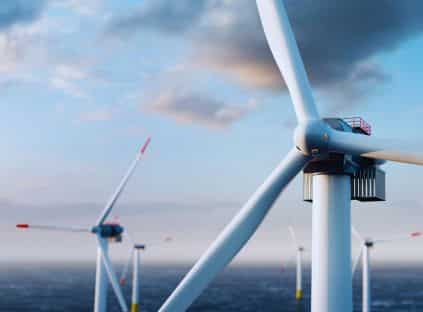5 Uses for Substation Control Buildings for Renewable Energy Projects
The increased demand for renewable energy sources continues to rise throughout North America. Trachte’s prefabricated buildings support solar, wind, and battery energy storage systems through substation interconnection. Here we list the five main uses for substation control buildings for renewable energy projects.

- Equipment Enclosures:
Substation control buildings are customizable equipment enclosures that house various components of renewable energy systems such as inverters, transformers, and control systems. They provide protection from environmental factors and extreme weather conditions. - Battery Energy Storage Solutions (BESS): Substation control buildings are part of the Balance of Plant (BOP) for EPC projects. They provide a controlled environment for BESS equipment, ensuring optimal performance and extending the lifespan of the equipment.
- Control Rooms and Monitoring Centers:
Substation control buildings can be utilized as control rooms and monitoring centers for renewable energy projects. These buildings provide a dedicated space for technicians to monitor the performance and respond any issues or equipment malfunctions. - Customized Design and Scalability:
Substation control buildings are designed and built to the specific needs of renewable energy projects. The scalability of modular buildings ensures that the buildings can adapt as renewable energy installations expand or require modifications over time. - Rapid Deployment and Portability:
The modular nature of these products allows for rapid deployment, making them ideal for renewable energy projects that require quick setup or temporary infrastructure. In situations where a renewable energy installation needs to be established in remote or challenging locations, preassembled and site built modular buildings can provide a convenient and efficient solution.
Posted in: Industry, Renewables

